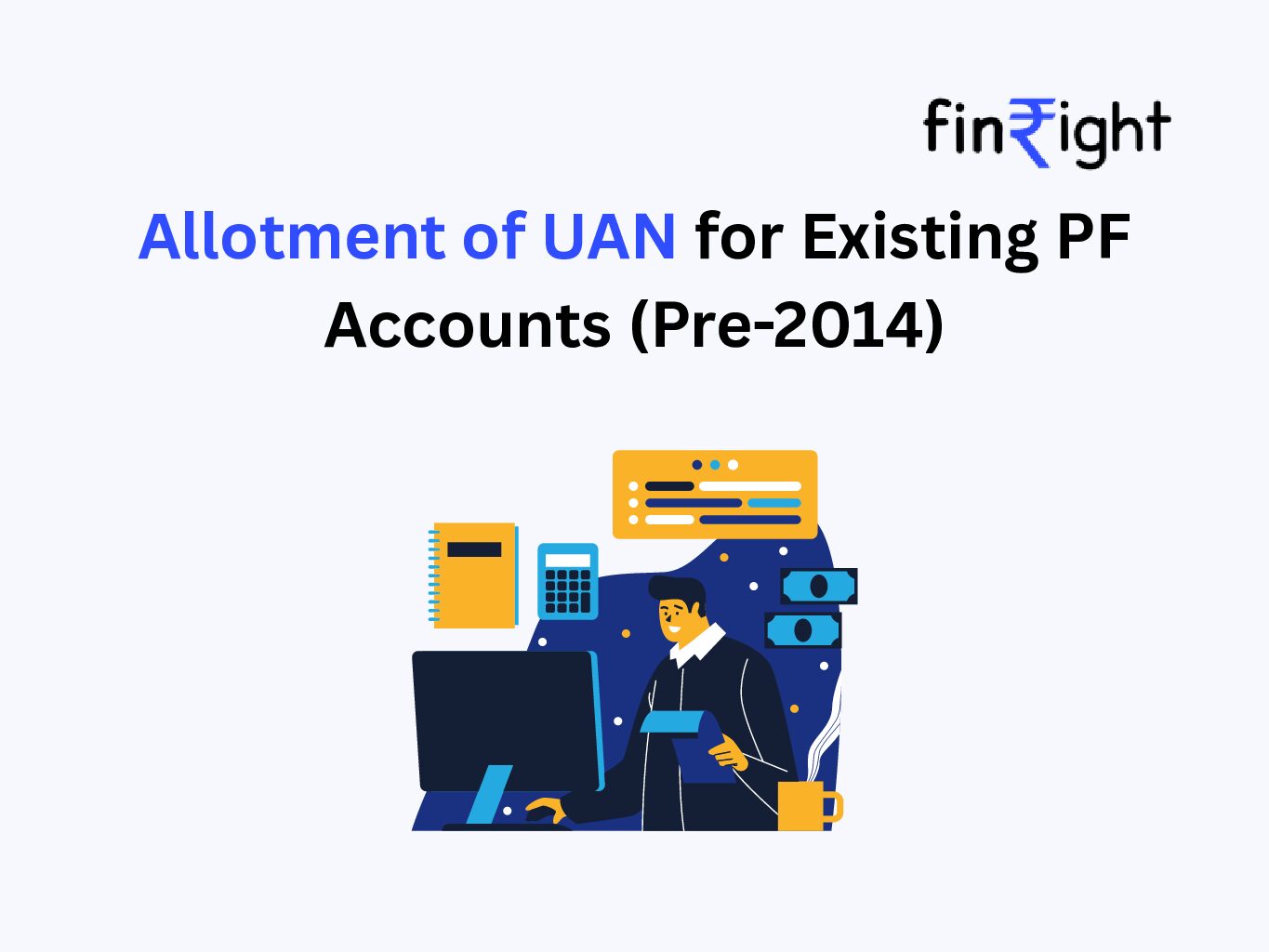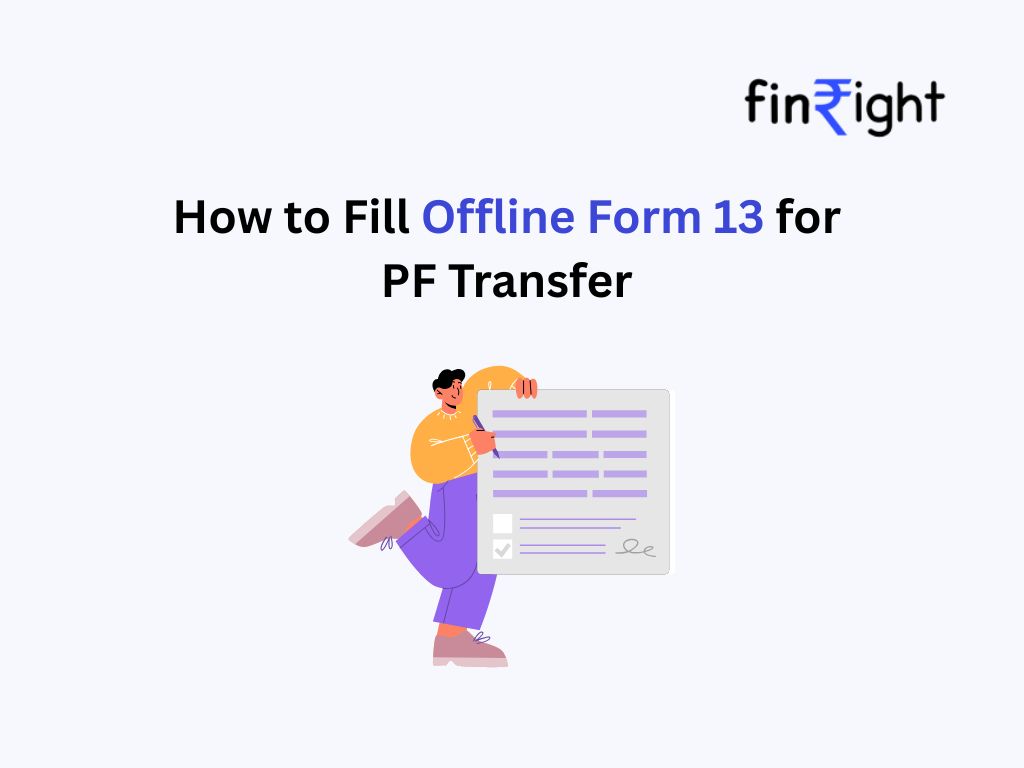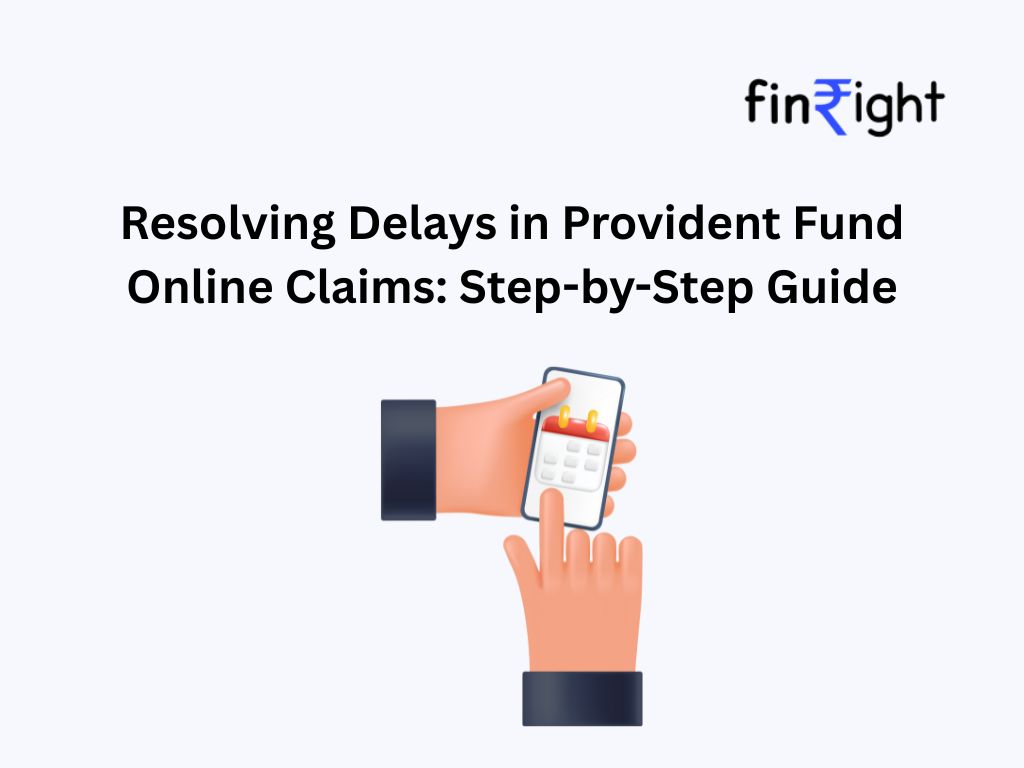The Provident Fund (PF account) is one of the most trusted retirement savings schemes for salaried employees in India. It is managed by the Employees’ Provident Fund Organisation (EPFO) and ensures long-term financial security.
In October 2014, EPFO introduced the Universal Account Number (UAN) system to make PF accounts portable and easier to manage. Since then, every new PF account is automatically allotted a UAN. But if you started working before September 2014, your PF account might not have a UAN.
To access services like PF transfer and PF withdrawal, you must first get a UAN allotted to your existing PF account. Here’s everything you need to know.
What is a UAN and Why is it Important?
The Universal Account Number (UAN) is a unique 12-digit number assigned to each employee contributing to PF. Unlike PF account numbers that change with every employer, your UAN remains the same throughout your career.
Key Benefits of UAN:
- Consolidates multiple PF accounts under one umbrella.
- Enables seamless PF transfers when you change jobs.
- Simplifies PF withdrawal during retirement or emergencies.
- Provides online access to your PF balance and service history.
- Reduces dependency on employers for claim approvals.
👉 Without UAN, older PF accounts (pre-2014) cannot be linked online, making transfers and withdrawals difficult.
Allotment of UAN for Existing PF Accounts
1. Through Employer
If you are still working with the same employer who opened your PF account before 2014:
- Provide your PF account number and Aadhaar details to HR.
- The employer will log in to the EPFO employer portal and request UAN allotment.
- Once processed, you will receive an SMS confirming your UAN.
2. Self-Allotment via EPFO Portal
If you are no longer with that employer or want to do it yourself:
- Visit the EPFO Member Portal.
- Go to Know Your UAN and enter Aadhaar/PAN/PF account details.
- Authenticate via OTP sent to your Aadhaar-linked mobile.
- EPFO will generate or display your UAN linked to your PF account.
Mandatory Aadhaar Linking
EPFO has made Aadhaar seeding mandatory for UAN allotment and activation. Without Aadhaar:
- UAN cannot be generated or activated.
- Online PF withdrawal or PF transfer requests will be rejected.
👉 Before requesting UAN allotment, ensure your Aadhaar, PAN, and bank details are ready.
After UAN is Allotted: Next Steps
Once UAN is allotted for your old PF account:
- Activate UAN on the Member Portal.
- Update KYC details (Aadhaar, PAN, Bank).
- If you have multiple PF accounts, use One Member – One EPF Account service to consolidate them.
- Download and check your PF passbook to verify balances.
Common Issues While Allotting UAN
- Multiple UANs: Happens if employers created new UANs at different times. You must request EPFO to merge them.
- Employer not cooperative: Submit a Joint Declaration with EPFO or raise a grievance online.
- Wrong details: Ensure your name, date of birth, and Aadhaar details match across documents.
Final Thoughts
If your PF account was opened before September 2014, it will not have a UAN by default. Allotting a UAN to your existing PF account is the first step toward unlocking all digital services offered by EPFO.
A UAN ensures your Provident Fund is secure, portable, and accessible — making PF withdrawal and PF transfer smooth and hassle-free.
👉 Still stuck with an old PF account that has no UAN? FinRight helps employees resolve PF-related issues like UAN allotment, PF transfers, and claim rejections quickly and effectively.






The process outlined in this article does not work for some accounts. For example,
1) PF account created in October 2008
2) Last salary credit in September 2010. No salary credited after that.
After that, presumably 3 years, the account became inoperative as per guidelines.
How to get UAN generated for such an account ?
You Need to ask your employer or a physical visit to your PF regional office is required